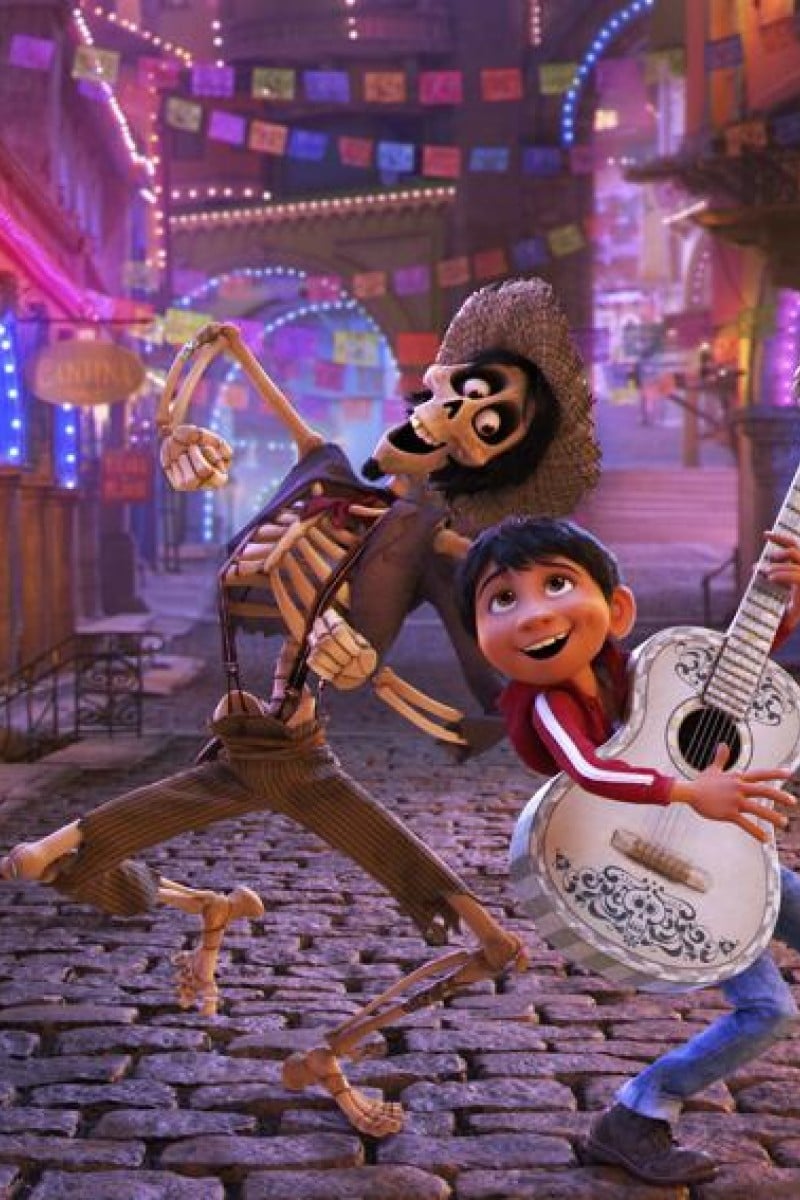
Sure, Disney-Pixar's Coco is culturally sensitive, but here are 7 times they went for racial stereotypes instead
Past animations have featured sometimes offensive stereotypes
 Coco has been praised for its cultural sensitivity.
Coco has been praised for its cultural sensitivity.Coco is earning praise from Mexican American audiences for its portrayal of Mexican culture and the holiday, Day of the Dead. The Disney-Pixar animated production hauled in an estimated US$72.9 million over the five-day weekend and features an almost entirely Latino cast.
It comes after Disney’s Moana - a computer-animated movie featuring a girl from a Polynesian village - garnered mostly positive reaction from Polynesian audiences last year.
Both Coco and Moana used consultants to make sure the films were culturally sensitive.
But Disney productions haven’t always received praise for their portrayal of ethnic minorities. In fact, some popular films have been attacked for reinforcing stereotypes or for simply being racist.
Here’s a look how ethnic minorities have been portrayed in previous Disney productions:
Asians
The Siamese cats, Si and Am, in the 1955 Lady and the Tramp used stereotypical Asian speech and had features to resemble Asians. They were villainous and deceitfully sneaky with their broken English and lacking of individuality, all stereotypes about Asians in the US coming out of the second world war and the Korean War.
The 1998 Mulan was attacked by scholars for relying on US stereotypes of Asians in a retelling of a Chinese popular legend. Villains were darker-skinned in comparison to the heroes. The film did not do well in China over Mulan’s foreign-looking depiction and a vastly different story from the original myths.
Native Americans
The 1953 animated film Peter Pan featured the song What Made the Red Man Red in reference to Native Americans. A very red and obese American Indian with two teeth is shown on screen while a peace pipe is passed around. A group of Native Americans dance among teepees while Peter Pan wears a headdress.
More than four decades later, Disney released a film focusing largely on myths surrounding Pocahontas. The character tries to fight off the assumptions from her white male friend that she’s an “ignorant savage”, and the film attempts to tackle the conflict between Native Americans and white settlers. The movie was criticised for over-sexualising of Pocahontas and for ignoring the true sacrifices she made to keep peace between her tribe and whites.
Middle Easterners
The 1992 Aladdin drew protest from the American-Arab Anti-Discrimination Committee for its opening song, Arabian Nights. The song’s lyrics: “Where they cut off your ear/If they don’t like your face/It’s barbaric, but hey, it’s home.” The lyrics were later changed. Film critic Roger Ebert said the film was laced with racial stereotypes about Arabs.
“Most of the Arab characters have exaggerated facial characteristics - hooked noses, glowering brows, thick lips,” he wrote, “but Aladdin and the princess look like white American teenagers.”
Black Americans
In Disney’s 1941 film Dumbo, the leader of a pack of crows is named Jim Crow. Jim Crow laws enforced racial segregation in America until the mid 1960s, and the name came to be used as an offensive term for a black American. The poor and seemingly uneducated crows use slang and black vernacular while calling each other “brotha”. That portrayal drew scrutiny for stereotypical depiction of Black Americans. “I’d be done see’n about everything, when I see an elephant fly,” the jive-talking crows sing.
Song of the South, a 1946 Disney musical about post-Civil War Georgia, came under intense criticism from black civil rights leaders for its depiction of Black Americans. They said the Uncle Remus collection of black folklore stories was based on racial caricatures. The film has not been released on home video in the US.
Disney CEO Robert Iger has previously said that the company had discussed releasing the movie on home video but decided against it.